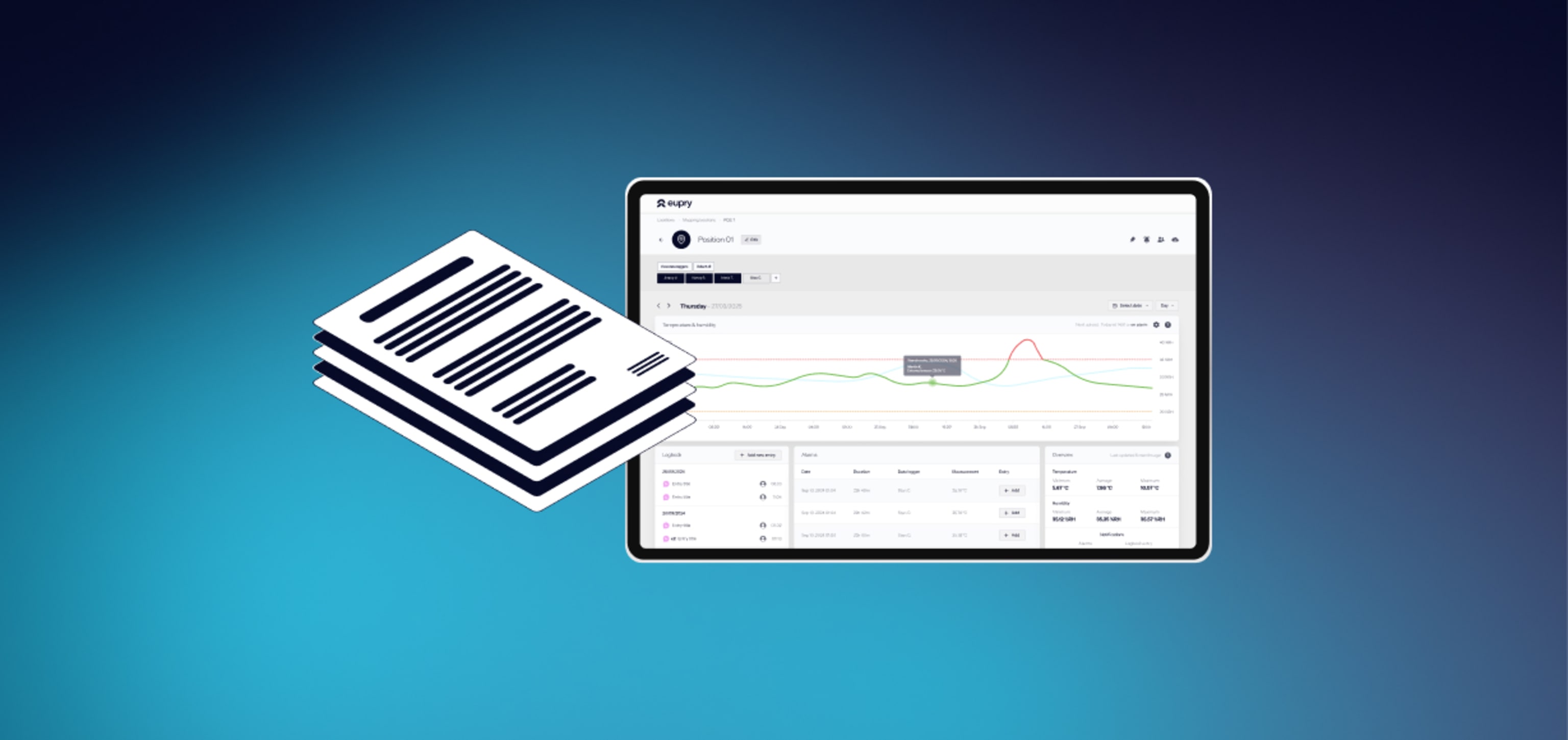
What is the difference between temperature mapping and validation?
Jakob Konradsen

In the context of temperature compliance, “validation” and “temperature mapping” are two separate – but highly linked – concepts. Let’s explore the differences between them.
In the article, we will go through:
The short version
Validation focuses on evaluating the overall performance and compliance of a temperature-controlled system, ensuring it meets specified requirements.
Temperature mapping specifically examines the temperature distribution within a defined space (fridge, freezer, warehouse, etc.), providing insights into areas that may or may not be fit for storing temperature-sensitive products, placing temperature monitoring data loggers, or in other ways require attention to achieve optimal temperature control and compliance.
Also read: How to perform effective temperature mapping in GxP
What is validation?
In the context of temperature compliance, validation refers to the process of verifying that a temperature-controlled system, process, or method is suitable for the intended purpose, delivers the expected results, and meets specific requirements or standards. It involves assessing whether the system is capable of maintaining temperatures within predetermined limits.
It involves assessing factors such as:
- temperature uniformity
- stability
- control accuracy
- response time
Validation is the overall process towards compliance – it contains installation, qualification, or commissioning of the equipment or systems and can be repeated periodically to ensure ongoing compliance.
Also read: Continuous validation: A framework to eliminate re-mapping - how does it work?
Why is validation important?
Validation aims to ensure that the temperature-controlled system is reliable, accurate, and suitable for its intended purpose.

Checklist: 9 temperature mapping mistakes (and how to avoid them)
Download the checklistWhat is mapping?
The validation process typically includes various tests, measurements, and documentation to demonstrate that the system consistently operates within the desired temperature range – one of these is mapping studies.
Temperature mapping, also known as thermal mapping, involves the detailed measurement and analysis of temperature distribution within a defined space or area such as storage areas, warehouses, cold rooms, fridges, freezers, or transport vehicles.
The objective of mapping is to understand the temperature variations and identify potential hotspots or cold spots within the area under consideration. This is typically done using temperature data loggers or sensors placed strategically throughout the space.
Also read: The who, what, and how of temperature mapping training
Why is mapping important?
Mapping is essential to evaluate the effectiveness of a temperature-controlled environment. It helps identify temperature gradients, zones of potential non-compliance, and areas that may require adjustments or modifications to ensure uniform temperature distribution.
Also see: Secure a reliable result with a smarter temperature mapping solution


